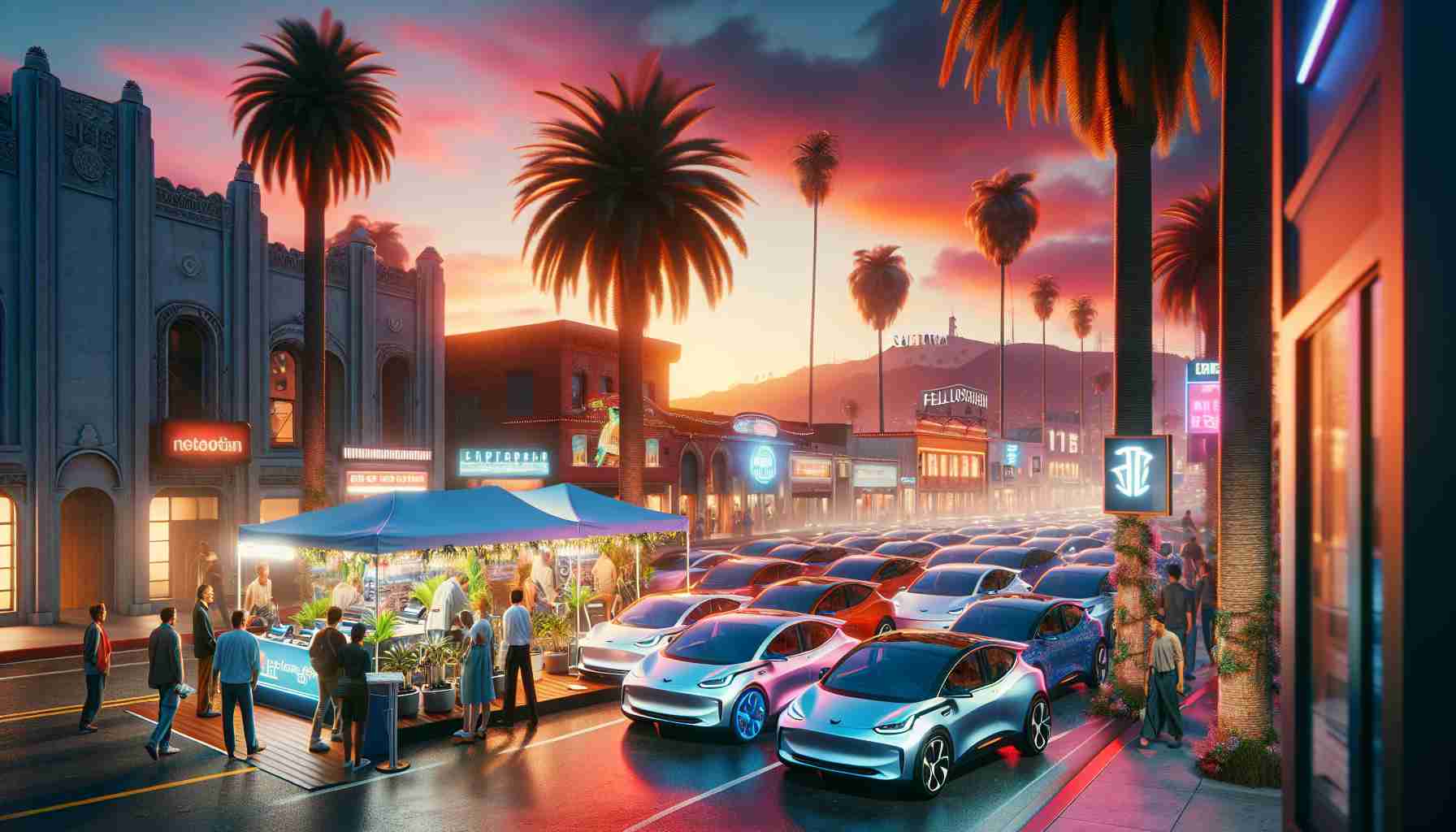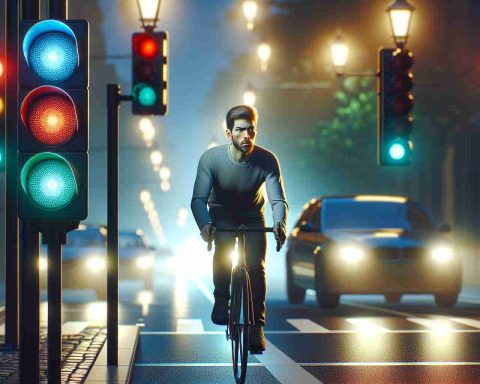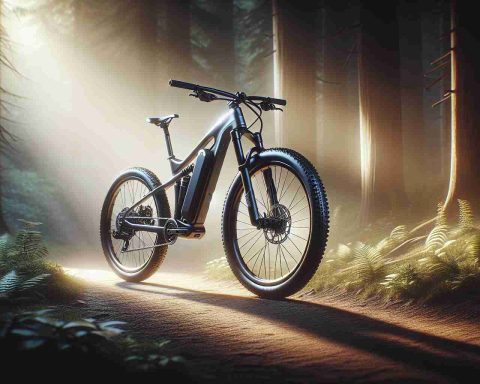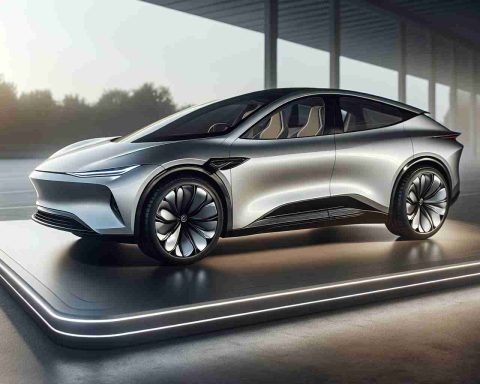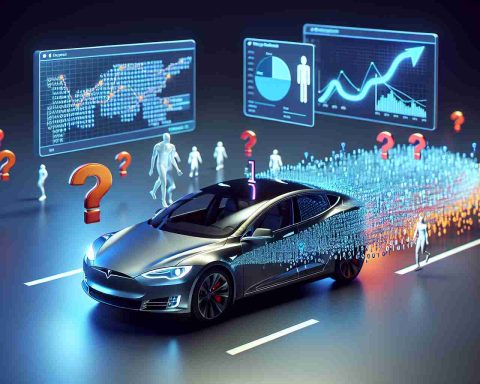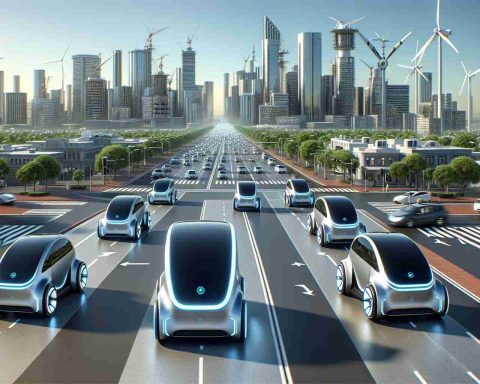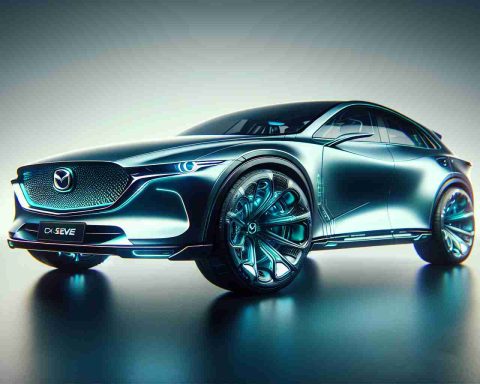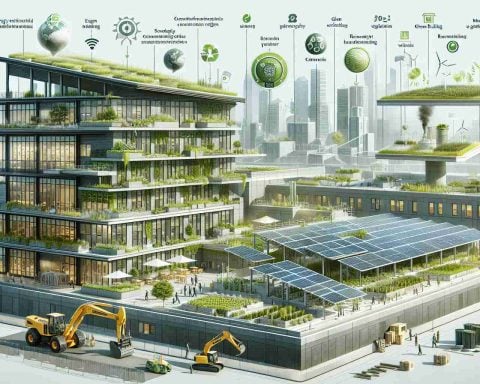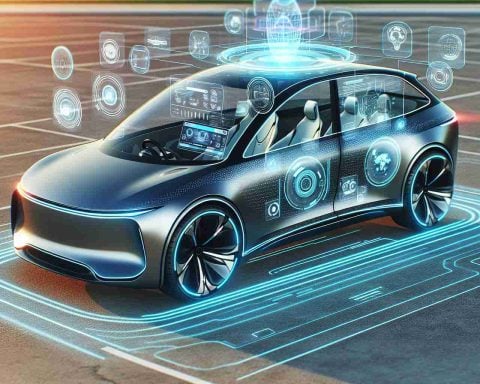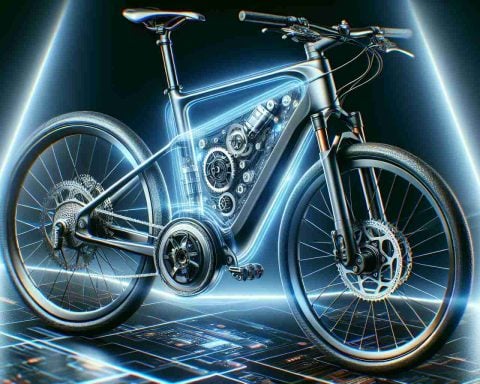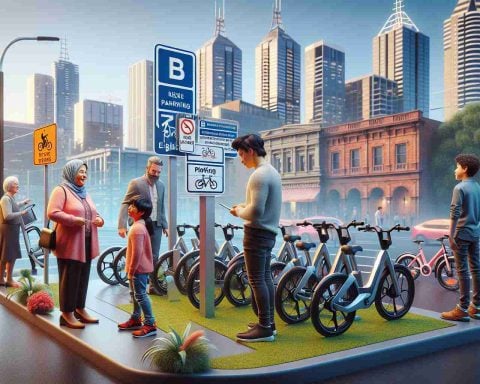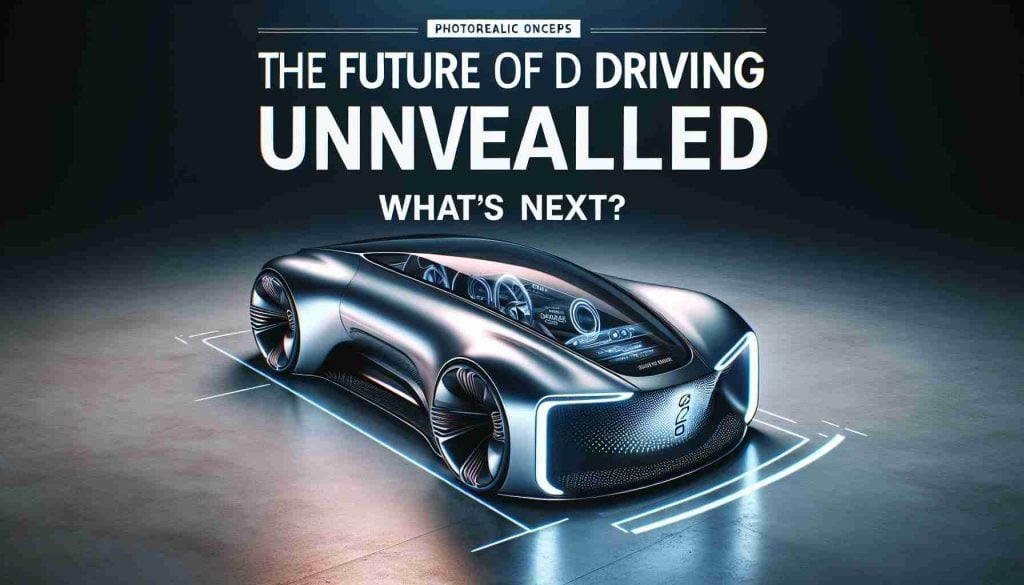- Electric vehicle sales in California stagnated in 2024, with just over 25% of new car registrations being EVs.
- The state initially targeted 35% of new car sales to be electric by 2026, but current trends endanger this goal.
- Flat demand for popular electric models suggests a cooling interest among consumers.
- Consumers are hesitant to commit to fully electric households, raising concerns about the future of EV sales.
- Experts believe automakers may limit gas-powered vehicle offerings, impacting inventory and prices for buyers.
- Despite challenges, California leads in EV adoption with over 2 million electric vehicles on the road.
- The state must address stagnating growth to ensure the success of its green vehicle initiative.
California’s ambitious dream of electrifying its roads faces a harsh reality: electric vehicle (EV) sales have stagnated in 2024. Just over 25% of new car registrations were electric, a minuscule rise from last year’s figures, revealing a worrying trend after years of robust growth.
The sunshine state aimed for 35% of new car sales by 2026, but with demand now tapering off, the ambitious target hangs in the balance. Once on an upward trajectory, sales are failing to ignite as they did previously, and fears loom that California might not achieve its groundbreaking mandate to ban gas-powered vehicle sales by 2035.
Dealership owners report a cooling interest in high-profile electric models like the GMC Hummer EV and Chevrolet’s electric lineup, indicating flat demand after an initial buzz. Consumers seem hesitant to commit to all-electric households, leaving many wondering—what’s causing the slowdown?
Even as state mandates tighten, buyers remain unpressured to switch to electric. Experts predict automakers may limit gas-powered inventory to avoid significant penalties, potentially squeezing choices and driving prices higher for Californians. This situation could prompt some consumers to seek vehicles out of state or cling to older, less eco-friendly cars.
Despite the challenges, California remains the nation’s leader in electric car adoption, boasting over 2 million EVs on the road. However, the dwindling growth rate raises critical questions about the future of the state’s green vehicle revolution.
Feeling the heat? California’s electric journey needs a revival—fast! Will drivers step up to meet the challenge? The clock is ticking.
Will California Revive Its Electric Vehicle Revolution Before It’s Too Late?
California’s Electric Vehicle Market: A Snapshot of Current Trends
California has long been a pioneer in the electric vehicle (EV) landscape, boasting over 2 million EVs on the road. However, as of 2024, the state faces an unsettling reality: electric vehicle registrations have stagnated, with just over 25% of new car registrations attributed to electric models, a modest increase from previous years. This stagnation raises alarm bells regarding California’s ambitious goal of reaching 35% electric car sales by 2026 and the crucial mandate to phase out gas-powered vehicles by 2035.
New Insights on Electric Vehicle Challenges
– Market Trends: There is a notable cooling in consumer interest in high-profile electric models such as the GMC Hummer EV and Chevrolet’s electric lineup. This flat demand indicates that initial enthusiasm may not be translating into long-term purchase commitments, potentially due to price sensitivity and range anxiety among buyers.
– Consumer Behavior: Many consumers exhibit reluctance to convert their households to all-electric, influenced by factors such as charging infrastructure concerns, high purchase prices, and limited availability of some electric models.
– Automaker Strategies: Experts suggest that as state mandates tighten, automakers may strategically limit the availability of gas-powered vehicles to avoid penalties. This decision could lead to increased vehicle prices and reduced options for consumers, which might drive them to seek alternatives out of state.
Market Forecasts and Predictions
The current trajectory suggests a potential decline in the growth rate of EV sales, calling into question California’s capability to meet its environmental goals. Analysts predict that without significant improvements in consumer incentives, vehicle availability, and charging infrastructure, the foothold of electric vehicles in the state could continue to weaken.
Key Questions Answered
1. What are the primary factors contributing to the stagnation of electric vehicle sales in California?
– The primary factors include cooling consumer interest, high vehicle costs, insufficient charging infrastructure, and range anxiety. Additionally, the initial excitement around electric models may not have sustained consumer commitment.
2. How might automakers respond to the thinning demand for electric vehicles?
– Automakers may limit the inventory of gas-powered vehicles to avoid penalties and potentially increase the prices of the remaining electric options. This could lead to a smaller market for both gas and electric vehicles in California.
3. What can be done to revive interest in electric vehicles in California?
– To rejuvenate the market, California could enhance incentive programs for EV buyers, expand charging infrastructure, and collaborate with automakers to ensure a diverse and affordable range of electric vehicles is available to consumers.
Despite the uncertain outlook, California still holds a leadership position in the electric vehicle space. As the state approaches pivotal milestones in its environmental agenda, urgent action is needed to reinvigorate electric vehicle adoption and maintain momentum toward a sustainable future.
For more insights on the state’s electric vehicle programs and news, visit California Living.
